Starter: seeing and sharing
“Nobody sees a flower really, it is so small. We haven’t time, and to see takes time. When you take a flower in your hand and really look at it, it’s your world for the moment. I want to give that world to someone else”.
Georgia O’Keefe
Don’t you just love Georgia’s words? Especially the ‘I want to give that world to someone else.’ That’s how I feel about this place, and the things I notice, and I love sharing them with you.
This week I have been playing detective in between sojourns to the moss. I thought I might be sharing a mystery but in the course of writing this I have found an answer to my puzzle.
Main course: playing detective in the moss
Initially it was something I simply noticed; the second year I was intrigued but chasing more obvious water. Recently it’s niggled as I spend more time haunting the moss itself. You’d think that it would be relatively easy to ID something with a marked colour shift. If it was a tree or a shrub there would be a fan fare; if it was a garden plant we’d pay a premium, but it’s a graminoid (grass-like plant). The fact that it inhabits what we humans have commonly considered to be waste land - wet moor and bog - probably doesn’t help.
I thought I had a starting point, having done some gardening with ornamental grasses. The leaf form, fluid lines and colour suggested sedge (Carex) but I could find no mention of a species with autumn tints. Over the past month my searches have been fruitless and it’s only when I circled back to a photo shared in Vessel that I began to make some progress. I hadn’t been 100% sure of my flower identification and it turns out I had jumped incorrectly.
If I had been more thorough with my observations last year I would have got there sooner but I blame the bog asphodel, prolific in a wet summer, and then I was playing with the heather, and then autumn… In the end that photo led me to search for cotton grass; it wasn’t the first time but the results are dominated by flowers or more correctly seed heads. Foliage is rarely shown and certainly not in detail. But there in an old blog post by Kate Flood, in the last photo it was… captioned ‘Slender leaves of Common Cottongrass turning red’ with the intriguing explanation:
Another adaptation of these plants relates to the recycling of nutrients in their roots during the winter months. The long narrow leaves turn from green to red-brown, as the nutrients are drawn down into the underground storage organs, to be recycled for growth the following Spring.
Kate Flood
Surely that merits better press?
I’m immensely grateful to the now wonderfully named Dr. Flood who I have tracked to X/Twitter and is still writing about irishboglife.
I wrote the above on Monday night, concluding:
I shall be watching closely… I know from what I do remember seeing that it won’t be a sea of white fluff, flowering seemed erratic and in places absent. It now seems strange that I have only recently begun to consider that those few seedheads must have sprouted from something.
In the meantime my cultivation of interest is growing towards a new flowering. I’ve been busy folding, alternating with thinking. I now know how I want to next make a book after working through a few mock-ups and miniatures.
I have also been writing words and lines to mould into an accompaniment for a series of images of orange-red cottongrass. Here are a few:
Silver coins lie at the foot of a Scots pine bound with rusting wire straps hidden treasure the gift of an afternoon in April
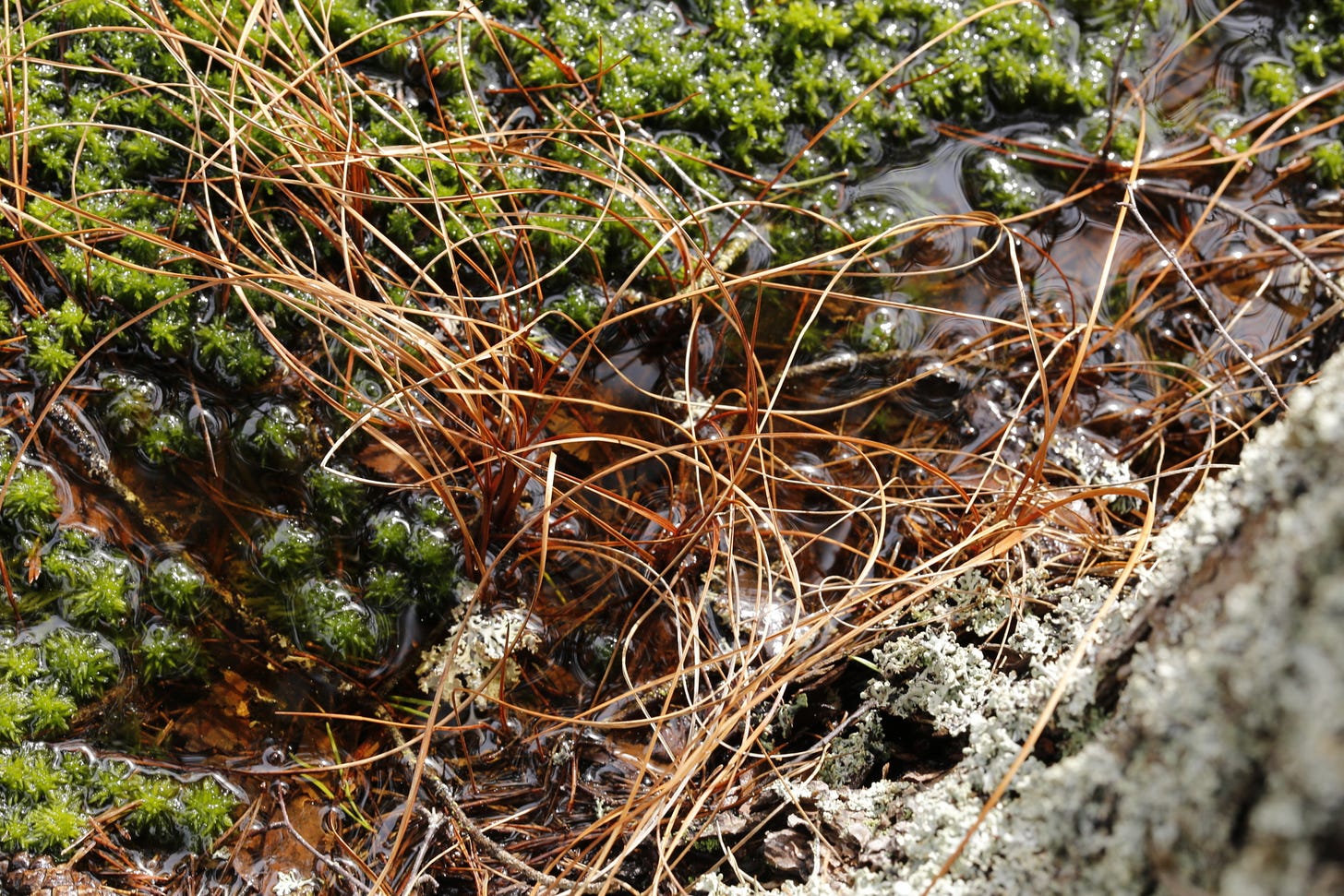
There’s an unexpectedly quick postscript to my contemplation. On Tuesday morning the night’s rain and the chance of brightness before more showers tempted me out. After examining those orange leaves, a freshly fallen pine branch, and even the growth of a green algal bloom (the water at least is warming up) I turned to go. And there it was: conclusive proof for my Holmesian deductions: a spike with a cluster of about-to-open flowers. Of course I had to photograph it!
I can now say with confidence that we have both Common Cottongrass (Eriophorum angustifolium) and Hare's Tail Cottongrass (Eriophorum vaginatum), and I have gone back and corrected my photo caption on Vessel which I now know is Hare’s Tail.
For nerds like me there is a footnote at the end with some of the local names for Cottongrass.
And the icing on the cake? As I left the mired section of path I met a basking Common lizard in a sunny patch of grass, and for a minute had the luxury of watching it amble away into the vegetation. It’s only the second time I’ve seen one, and the first was a ‘blink and you’ve missed it’ encounter.
To end
Thank you for joining me and for reading this. If you’ve enjoyed it, there are lots of ways to share this: every like, comment, recommendation for FLOW or restack on the Substack app prompts a fuzzy warm feeling and makes it all worthwhile.
I am immensely grateful to those of you who have chosen to support my writing here by taking out a paid subscription. It’s my sincere wish to keep this newsletter free, however if you do value the images and words that I share each week you can consider upgrading to a paid subscription which helps to support the time that I spend writing these letters to you. Alternately, bring some fluidity into your home with a book or a print from my website. Once again, thanks to those of you who have bought a copy of A New Topography.

Until next week, you’ll find more image rich writing in previous posts on FLOW’s home page.
Digestif
A footnote for fellow obsessives:
The wonderful Dictionaries of the Scots Language has in its entry under Ling
downy ling, the cotton-grass, Eriophorum polystachyon
draw ling, (a) the hare-tail variety of this, Eriophorum vaginatum.
pull-ling, purlaing
and elsewhere
Each term for Cottongrass stems (!) from the way that sheep, if given the opportunity, graze the flowers. I wonder now if the deer might be responsible for the absence of seedheads last summer.
The Gaelic name for Hare's Tail Cottongrass (Eriophorum vaginatum) is: sìoda-monaidh, or moor silk. How much nicer than bog cotton.
All words and images copyright © Michela Griffith except where otherwise noted



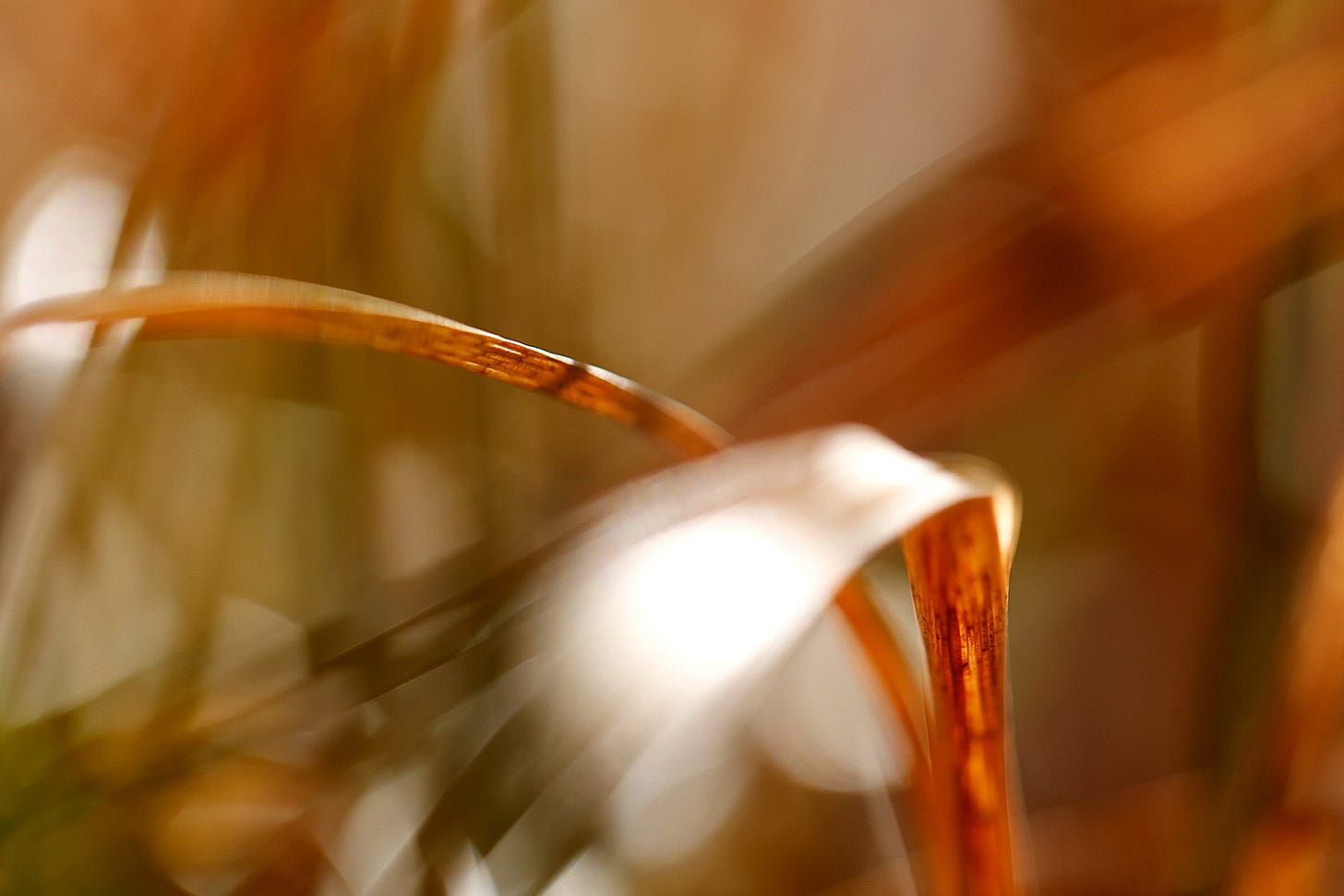


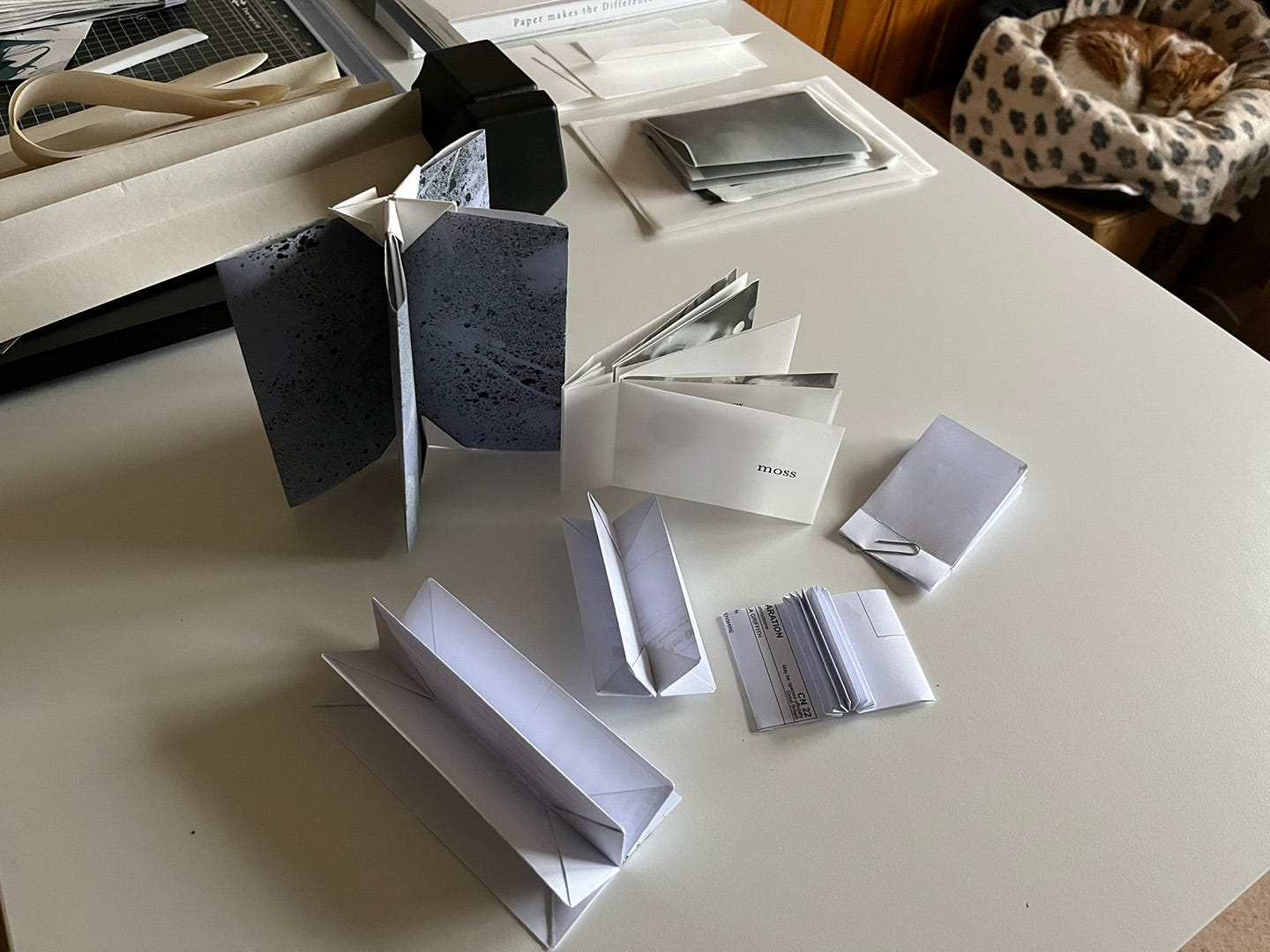
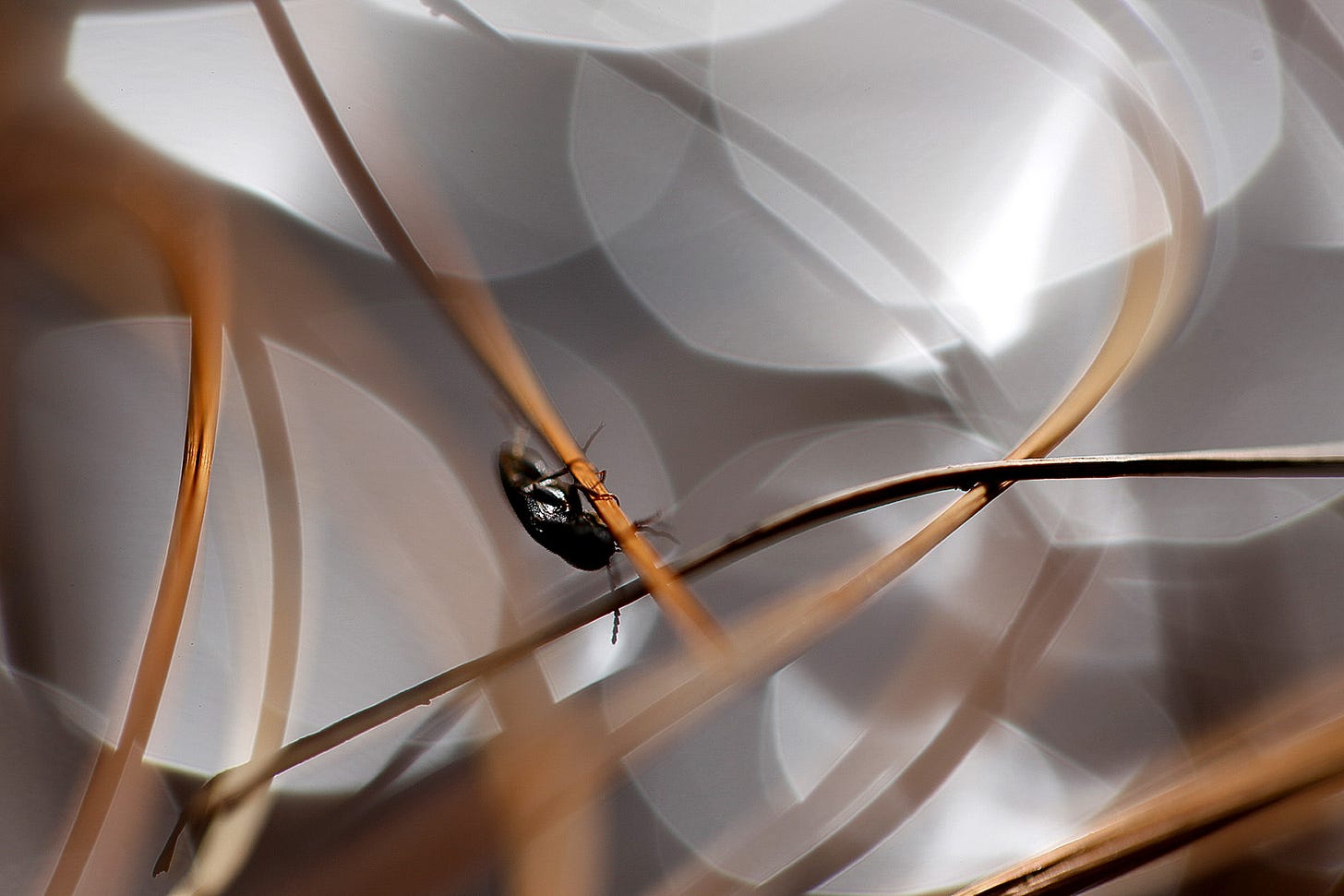
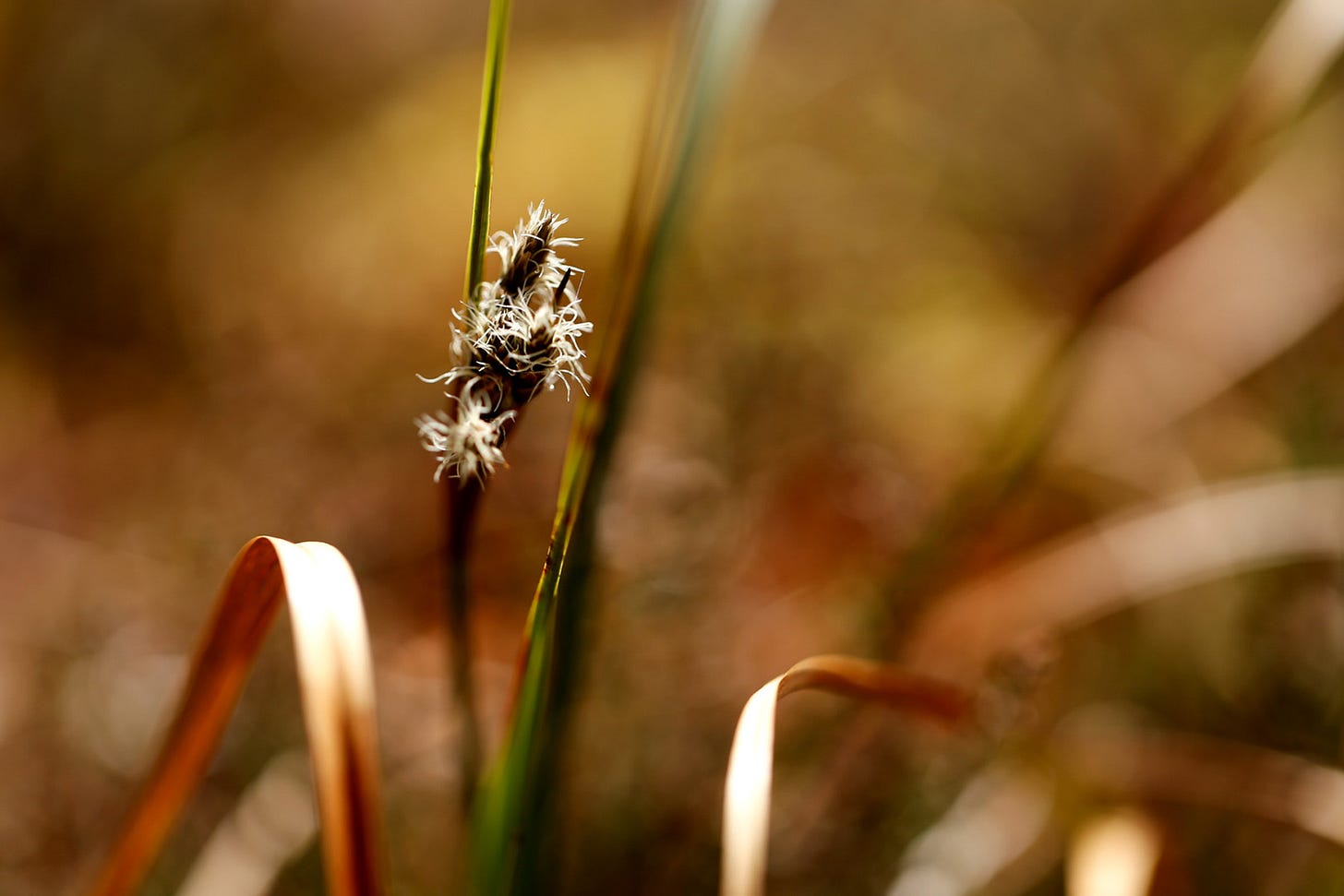

Beautiful photography Michela! Those deep orange tones. And lovely to bond over Ms O’Keeffe’s floral words 😃
downy-ling, moor silk - gorgeous
Thank you.